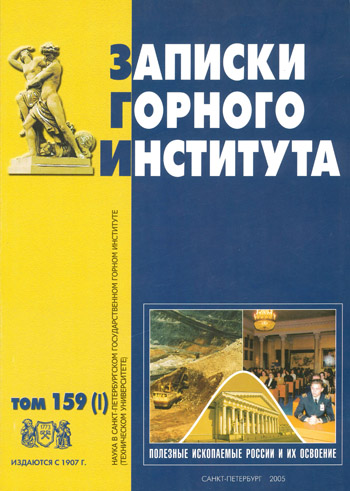Nanotribology: the effect of the relationship between the energy characteristics of the surface and the antifriction and insulating properties of adsorbed cationic surfactants
- 1 — Professor G.V. Plekhanov Saint Petersburg State Mining Institute
- 2 — Research assistant G.V. Plekhanov Saint Petersburg State Mining Institute
- 3 — Research assistant G.V. Plekhanov Saint Petersburg State Mining Institute
- 4 — Research assistant G.V. Plekhanov Saint Petersburg State Mining Institute
Abstract
Literature data on the relationship between the energy characteristics of the surface (surface tension, bonding energy of surface atoms) with antifriction and insulating (protective) properties of ionogenic surfactants (surfactants) have been analyzed. Experimentally the tendency of strengthening the lubricating effect has been revealed in process of increasing the bond energy of the N1S characteristic level of cationic surfactants adsorbed on the metal; the effect of essential increase (~ by 2 eV) in the N1S bond energy has been revealed in case of joint adsorption of cationic surfactants with different in value hydrocarbon radicals at the nitrogen atom. The bonding energy was determined from measured X-ray photoelectron spectra; the lubricating effect was evaluated in tests on a high-speed conveyor at low loads in dilute aqueous solutions (about 0.01 % surfactant).
